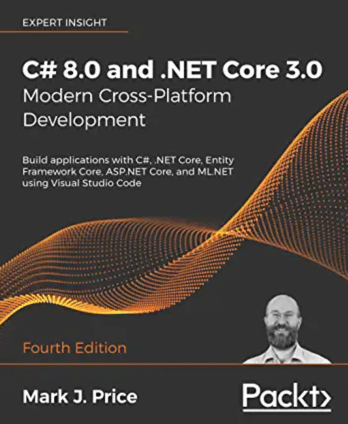2019 was a busy year for me, as evidenced by the relative inactivity on my other blogs:
One of the activities that limited my 2019 blogging time was serving as a technical reviewer for three different .NET related books from Packt Publishing. All three of these books were released in the last few weeks.
Hands-On Parallel Programming with C# 8 and .NET Core 3
This book, written by Shakti Tanwar, is intended for experienced .NET developers who want to build a deep understanding of parallel and async programming with C# and .NET Core. Most of the concepts here apply just as well to .NET Framework developers, so I wouldn’t shy away from this one if you’re not using .NET Core in your projects.

I use async/await, the TPL and parallel programming concepts quite a bit in my daily work, and I still learned quite a bit from this book. I definitely recommend it if you want to build some degree of parallelism into your applications.
Learn ASP.NET Core 3
The 2nd edition book, written by Kenneth Yamikani Fukizi, Jason De Oliveira, and Michel Bruchet, details what you need to get up to speed with .NET Core 3, ASP.NET Core 3 and Entity Framework Core to build modern web applications while leveraging Microsoft Azure along the way.

The authors touch on a little bit of Blazor, one of today’s hottest .NET topics, and give some great advice for building, testing and deploying web applications with ASP.NET Core 3. If you’re familiar with .NET and ready to get into ASP.NET Core, this Packt book provides some good foundations.
C# 8 and .NET Core 3 Projects Using Azure
This second edition book by Paul Michaels, Dirk Strauss, and Jas Rademeyer is written in a fun & useful format. Each chapter is a stand-alone project that drills down into an aspect of C# and/or .NET Core development, and all of the code can is available to readers to try for themselves.

Readers will learn things like Entity Framework Core, rich UWP app development, Azure Functions, ASP.NET Core, and lots more. Some chapters will be useful to any developer, but the majority of the topics here will be most useful to devs with some .NET experience. I like this one and have recommended it to the developers on my team.
Wrapping Up
Let me know what you think of these books. Have you read any of them? What is on your reading list for 2020?
Happy learning!

